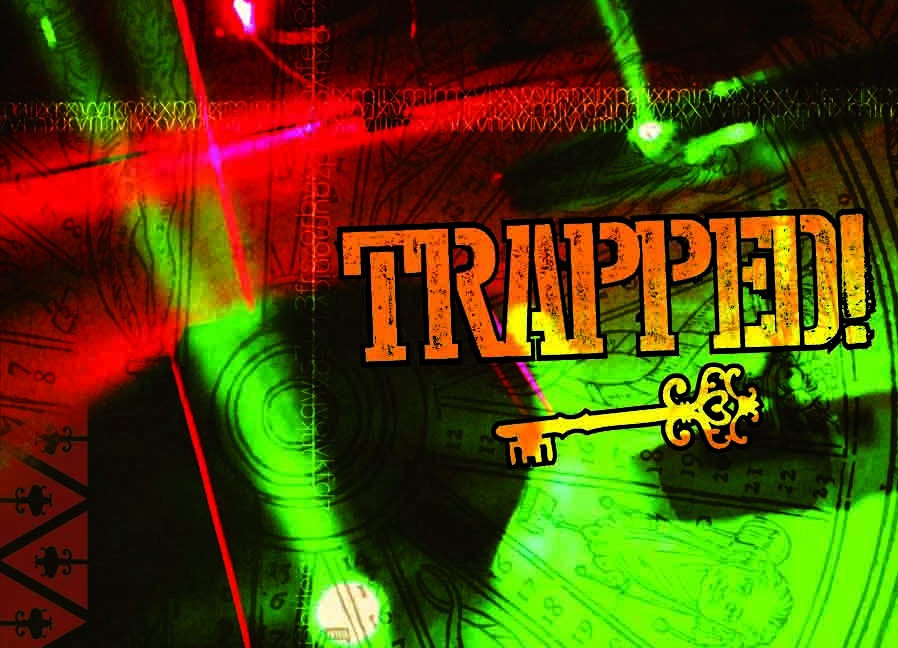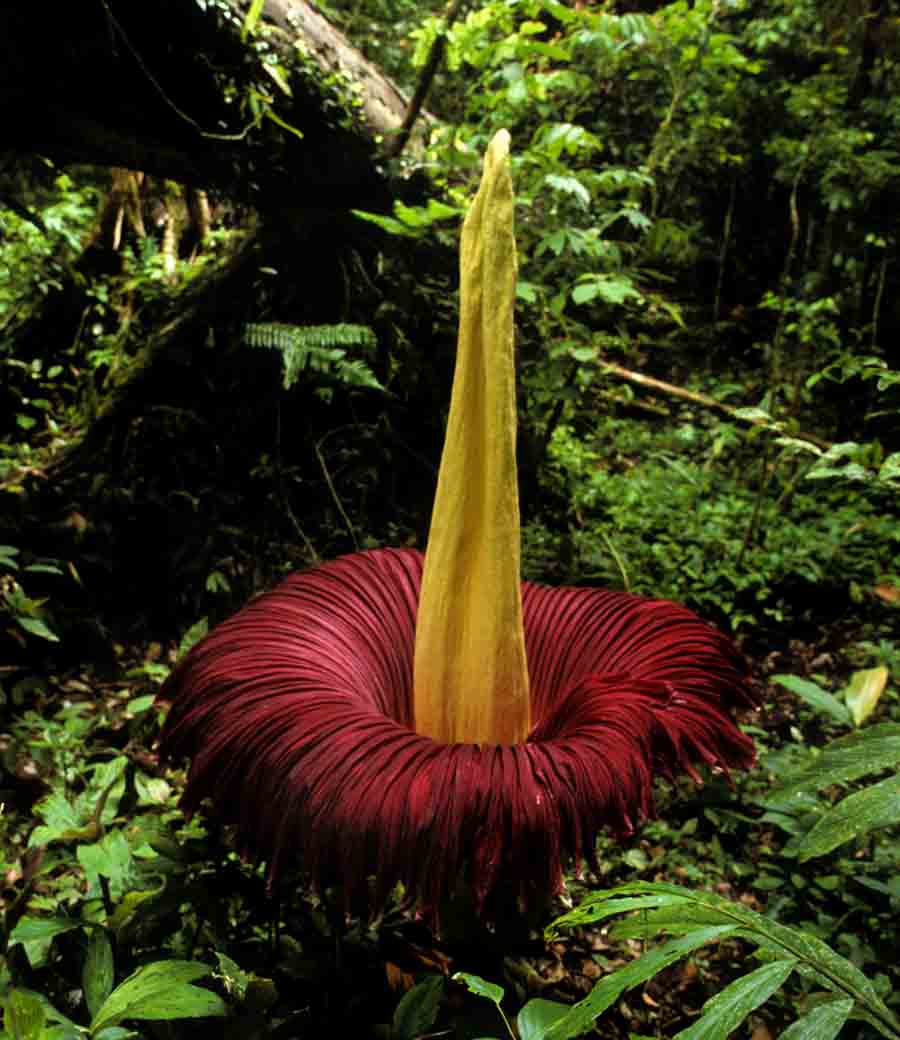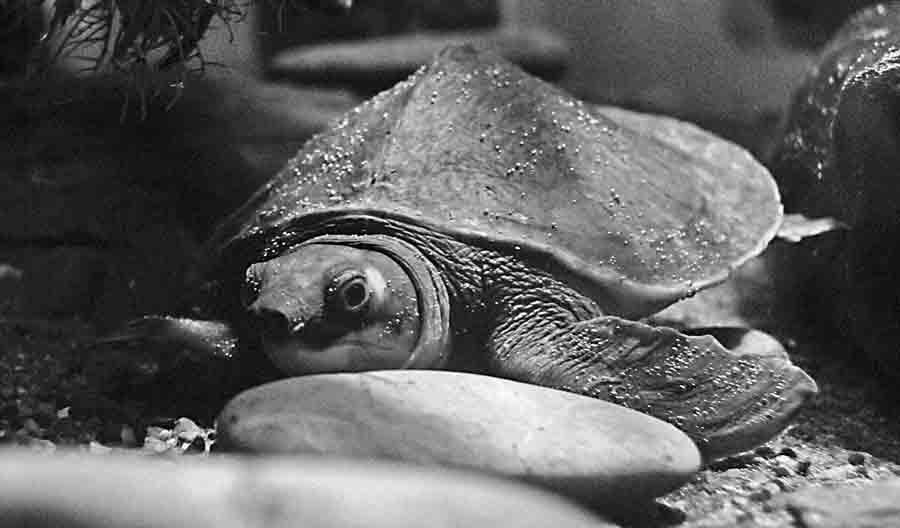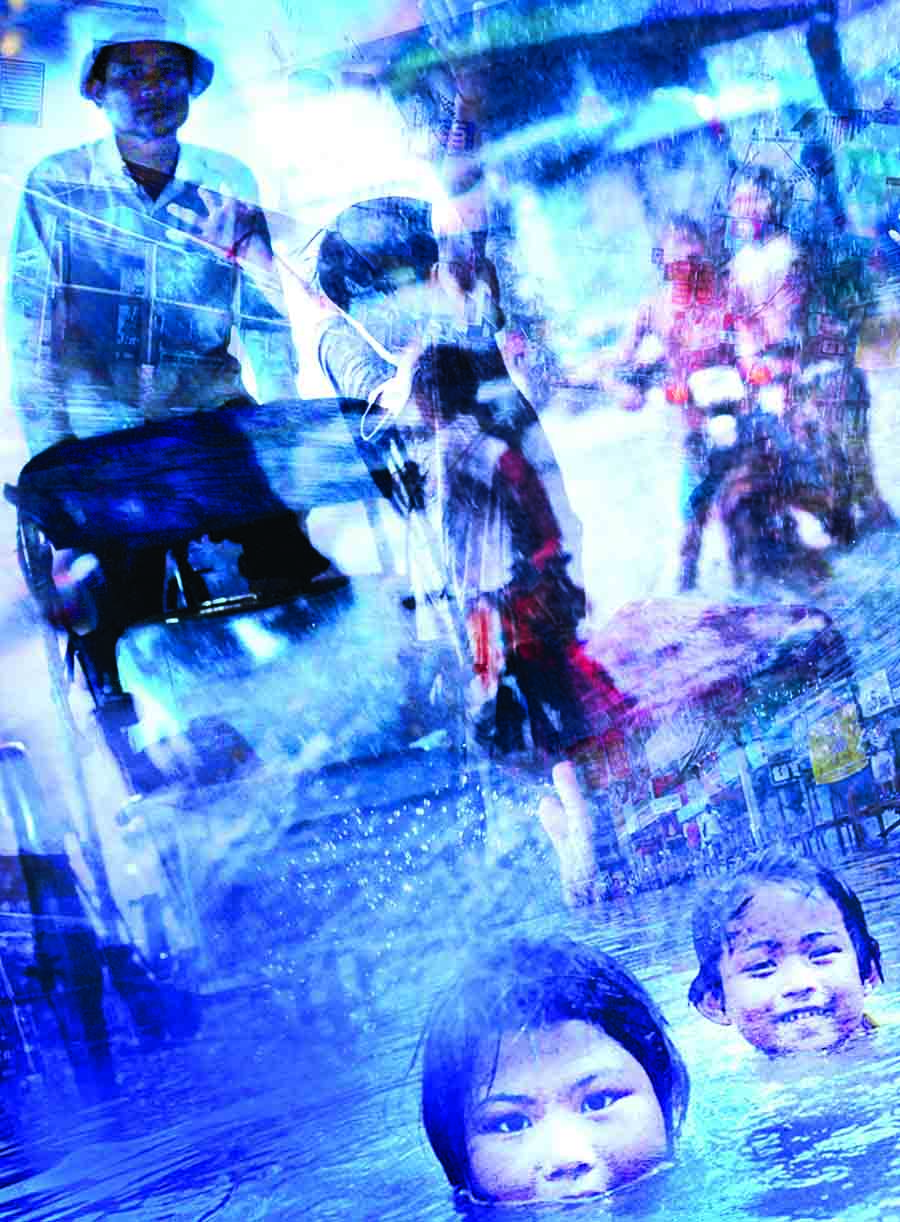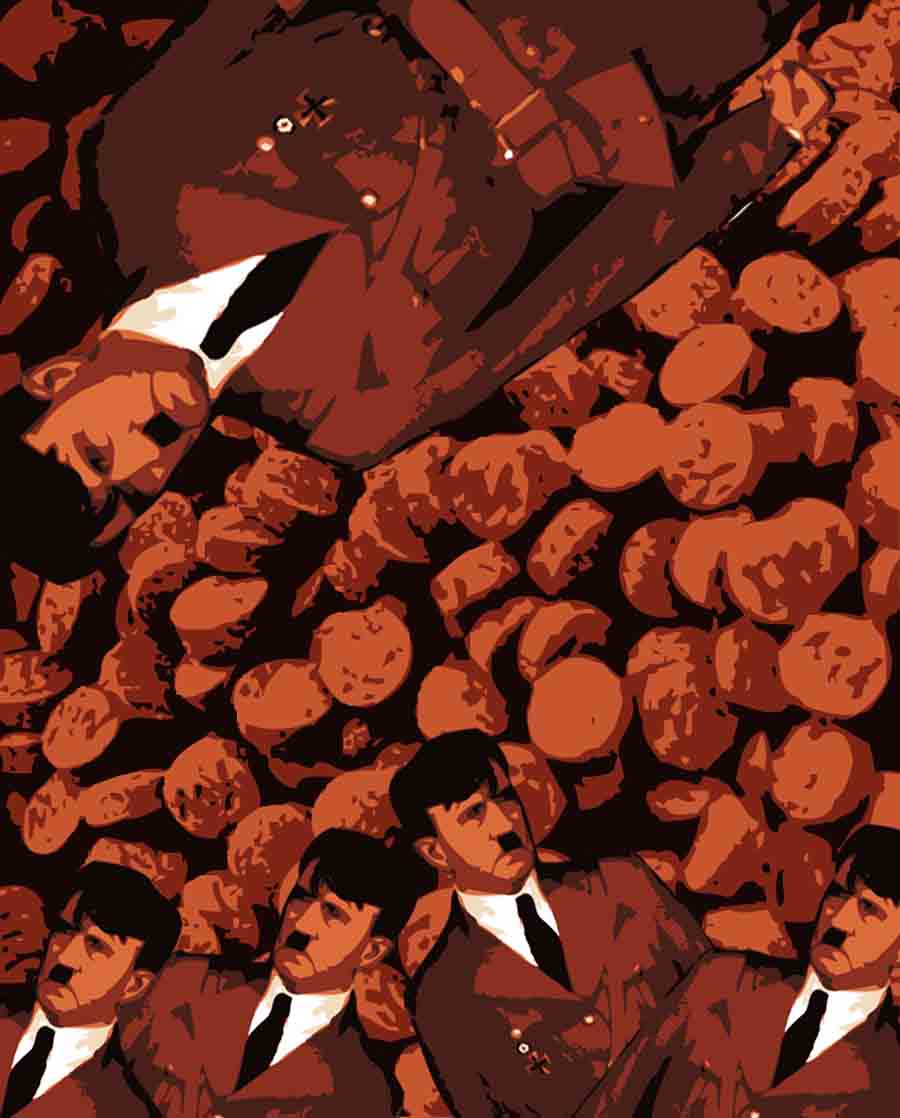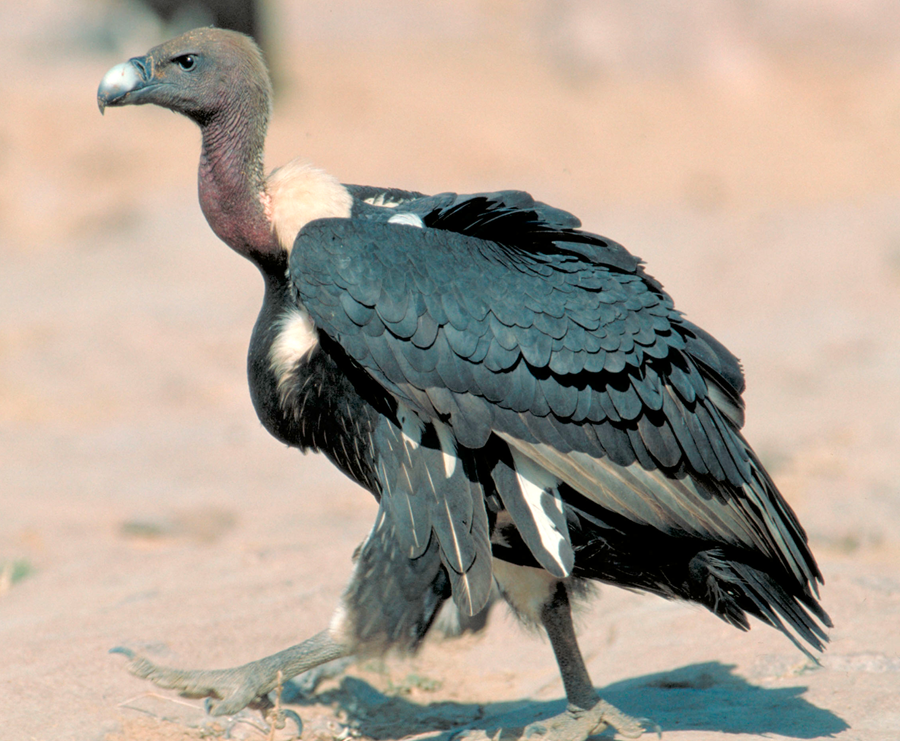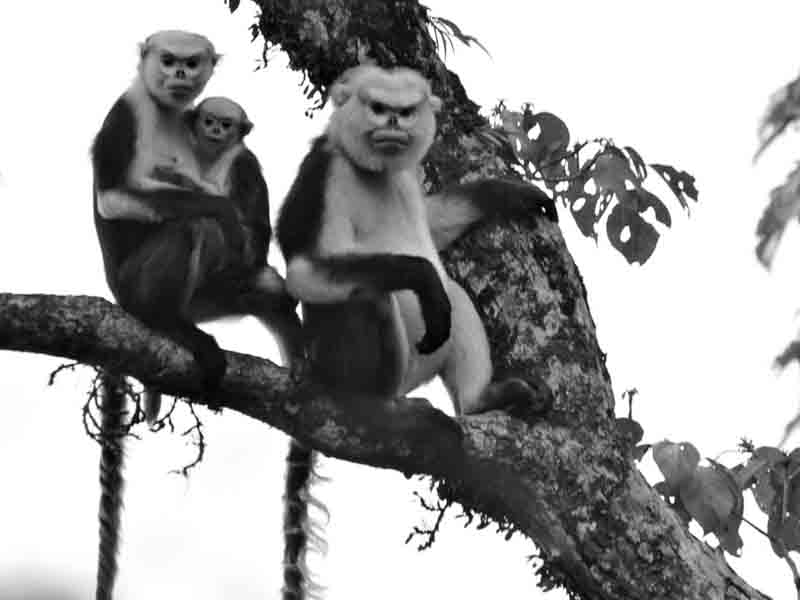Pale, disembodied faces leer out from the near-impenetrable gloom; expressionless horror masks whose hollow eyes track every move. Illuminated like ghosts by a shard of light from between floor and locked door, their contorted features mirror the growing sense of impending doom. Floorboards creak; breaths come deep and ragged. An unseen string section builds to a terrifying Psycho crescendo. Then, and only then, do you finally hear it: THE SCREAM.
Fear does peculiar things to the human body: pupils reduced to pinpricks, heart beating like a jackhammer. The amygdala – nestled behind the pituitary gland – kicks immediately into overdrive, flooding the system with hormones epinephrine, norepinephrine and cortisol. ‘Fight or flight?’ it shrieks over and over, in high-pitched hysterics. ‘Fight or flight?!’
Alas, in this locked, windowless room, flight is simply not an option. With only two modest torches between the three of us, we have 45 minutes to decipher the riddle of this tiny space in which we’ve been deliberately – nay, sadistically – trapped and fight our way back to fresh air, natural light and freedom or… or… *cue strings and scream*
It’s a muggy mid-afternoon and we’re in what, from the outside, looks for all the world like your average, run-of-the-mill Asian shop house. Just a block from Sovanna Mall, it is, however, anything but. Inside is a world of make-believe made believable; a place where the impossible becomes possible, where fantasy meets reality. Inspired by a new craze sweeping the Asian continent and beyond, this is Cambodia’s first ‘real-escape room’ – in short, the ultimate video-game fantasy made flesh.
Remember the days of the Acorn Electron? Atari? The Commodore 64? Many a misspent youth was lost back then to simple black-screen-white-type escape scenarios, each challenge played out in nothing more than simple, two-way text: ‘You are in a room. The door is locked. There is a box guarded by a fire-breathing dragon. What do you want to do?’ What followed was the birth of video games; the internet; visual 2D, even 3D, feasts. Now, in what could almost be considered a full circle (sort of), these games – once based on a digital imagining of reality – have finally arrived back in actual reality.
It all began, as these things so often do, in tech-savvy Tokyo. There, in 2004, some bright young spark named Toshimitsu Takagi created the instant online hit Crimson Room, in which Takagism gamers wake up in a strange, unfamiliar virtual room with no memory of how they got there and must use the objects they find around them to solve cryptic puzzles and secure their escape.
Legend has it that the first real-life room escape (that is ‘actual’, not ‘virtual’) was the brainchild of a small group of Silicon Valley system programmers in 2006. Inspired by the works of Agatha Christie, the mysteries and challenges in their Original Piece became one of the valley’s main tourist pulls. To this day, only 23 people are believed to have escaped the room successfully.
By 2008, another bright young spark – this time in a Kyoto publishing company and called Takao Kato – had developed the Real Escape Game (200,000 participants so far and counting), along with a free magazine of the same name. And business is booming: by the end of 2009, tickets for an event at Tokyo’s Ikejiri Institute of Design were selling for $30. All 800 were snatched up within hours.
And so to Cambodia, where a crack team of puzzle fiends from Malaysia has spent the past few months creating almost impossibly cryptic challenges built into three separate rooms, each with its own fantastical flavour.
The Mask Room was our not-so-gentle introduction to real-life Takagism: cryptic markings on the masks, we eventually learned, pointed the way to the combination of a lock on a drawer – but not in any of the manically complicated ways we’d tried (all of them failing). To the stifling darkness, add hidden speakers pumping out classic horror-movie sound effects. Then there’s the flickering of torchlight, which grows more erratic with every check of the clock. Infrared security cameras. Vocal chords tense, increasingly shrill as excitement evolves into near-hysteria. At one point, I actually find myself more or less running in ever-decreasing circles.
When the alarm finally pierces our frenzy, in strides our host. He beams. “You were so close!” We really weren’t. Three senior executives, with a combined age of almost 120 and IQs considerably higher (or so we thought), have been beaten by two locked drawers, several masks and a weird light-up box thing whose inner mysteries we didn’t even get close to contemplating.
The thrill is palpable. My teammates, ordinarily measured men, are visibly flustered – possibly even slightly annoyed with themselves (as I am) – but grinning like maniacs. And pacing. Everyone talks at mach 2. “Did you see that coming? I didn’t see that coming…” “I knew it was a red herring.” And perhaps most tellingly of all: “It bloody beat us! I don’t believe it!”
Our second challenge, which I could tell you about but then I’d have to kill you (can’t mention the Laser Room, either), involved a maze, art, ancient cartography and upside-down flowers. Oh, and string. Lots of string. We thought it involved long division, too. We were wrong. Again (you, of course, will have to find out for yourself). And there’s the rub: it isn’t as easy as you might think it is. Not in the least, in fact. Think an enigma wrapped up in a puzzle, rolled in a riddle, and you’re getting close. Almost.
Explaining the creation of his now widely emulated Real Escape Game, Kato, a fan of novels and manga since childhood, in 2009 told the Japanese Times: “I wondered why interesting things didn’t happen in my life, like they did in books. I thought I could create my own adventure, a story, and then invite people to be part of it.”
And that’s perhaps the main distinction between the behind-closed-doors world of traditional one-man gaming, and the bring-an-entire-team ethos of these ‘real-life’ escapes. They may be inspired by computer games, but ‘real-life’ escape rooms are no realm for geeks. Crucial to success are the abilities to function as part of a team and use lateral thinking in a time-pressured environment. It’s half brainteaser, half corporate teambuilding.
“You can hear everyone discussing it on the streets in Asia, be it how to escape from an entrapped room or what to do to decode a locked box,” says Kenny, CEO of Xscape Room Cambodia. “You will always see expressions of excitement and enthusiasm on their faces. This is how I got to know about it. My friends and I are excited about new stuff, so we tried our very first escape-room game in our homeland, Malaysia, but we didn’t even manage to solve the first puzzle. Because of our curiosity and unwillingness to admit defeat, we got together again to challenge the game. We now had previous experience, so everyone was cooperative and focused, which helped us discover the knack of solving puzzles smoothly. Although we weren’t victorious in our second attempt (the time had passed before we opened the last box), the joy of completing this challenge at that moment was beyond words.”
But what of those brain-wracking riddles? Is Japan pumping them out on a for-hire basis? “All the rooms and puzzles were invented by us,” says Kenny. “We get some of our ideas from past experiences and some inspiration from detective novels and movies. It took us almost two weeks to design and complete the work for each room. Language is the utmost barrier, so it took us quite some time to think of puzzles which involved minimal use of it. We also spent a lot of time finding suitable materials and devices to decorate the rooms in order for the puzzles to work.”
How successful have they been so far? Teammate number one (30-something sales director, father of two, made in Australia): “There are so many different things to draw your attention, it’s really hard to stay focused and it becomes frustrating because there are hundreds of clues and you can’t decipher anything. Then, when you finally get it, it’s so simple you want to crawl under a rock!”
Teammate number two (40-something art director, father of one, made in Texas): “It was much more difficult than I thought. The puzzles are really cryptic and very well thought out. In the first game, there are three locked boxes that you have 45 minutes to open. Inside each box is the key for cracking the next puzzle, but the keys are far from easy to decipher. The first one was pretty easy, and we got it in just a few minutes. We were all, like: ‘We’re gonna kill this game!’ It was all downhill from there. To make things harder, it’s dark and you have to use a flashlight to really see anything. We had three people on our team but only two flashlights, so teamwork is essential. Then there’s the creepy music, with screams and footsteps and heavy breathing. You’re waiting for Freddy Krueger to jump out from behind the curtain at any moment. But it’s super cool. One of the best things I’ve ever experienced in Phnom Penh. It reminded me of a John Le Carre novel, all spy and espionage code-breaking types of coded messages. The difficulty is off the scale. It’s a really great brain challenge.”
But for the final word, we shall return once more to the wisdom of Kato: “The fact is that stories have the power to make the real world a better place. By creating a game, an ordinary desk can suddenly become the hiding place of secret treasure. I think that sort of thing is fun.”
WHO: You and a few fellow adventurers
WHAT: Cambodia’s first ‘real-escape’ room game ($5 per person, per room)
WHERE: Xscape Cambodia, #55 Silver Street (near Sovanna Mall); 098 895858 / 086 867373
WHEN: Now!
WHY: “The fact is that stories have the power to make the real world a better place.” – Kato
